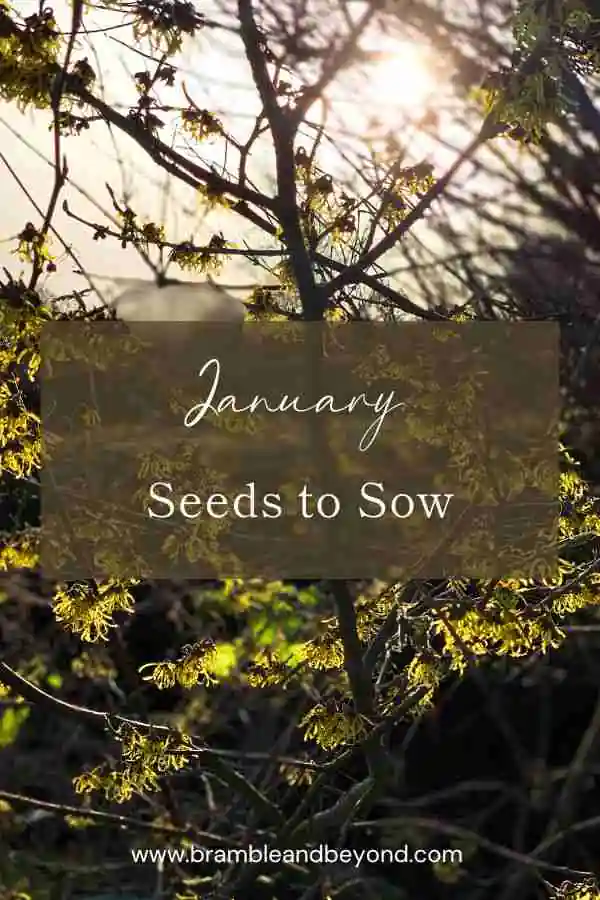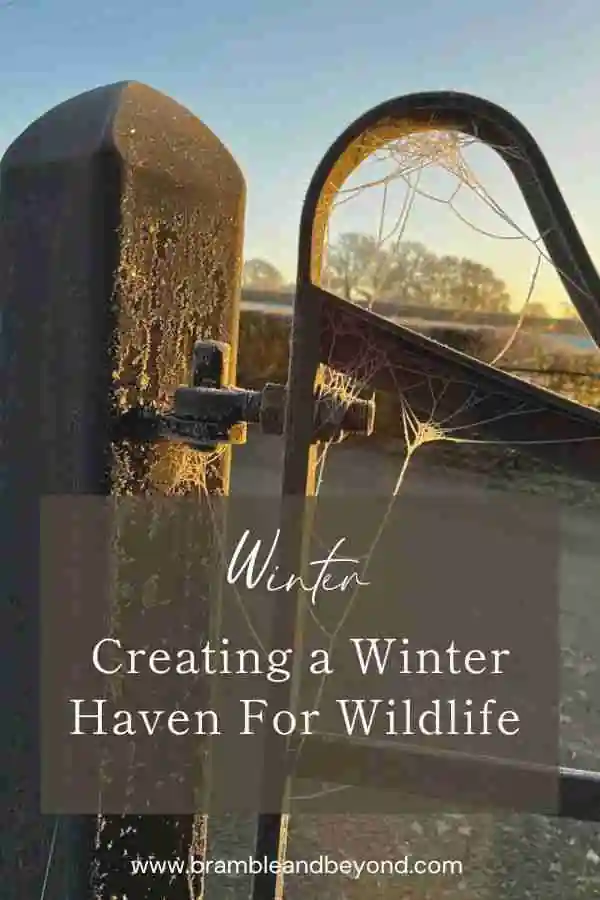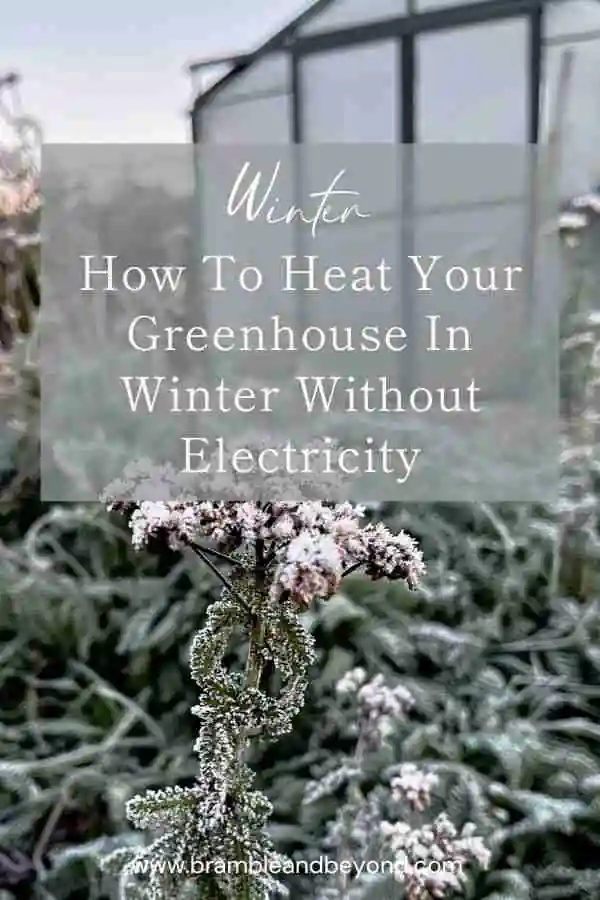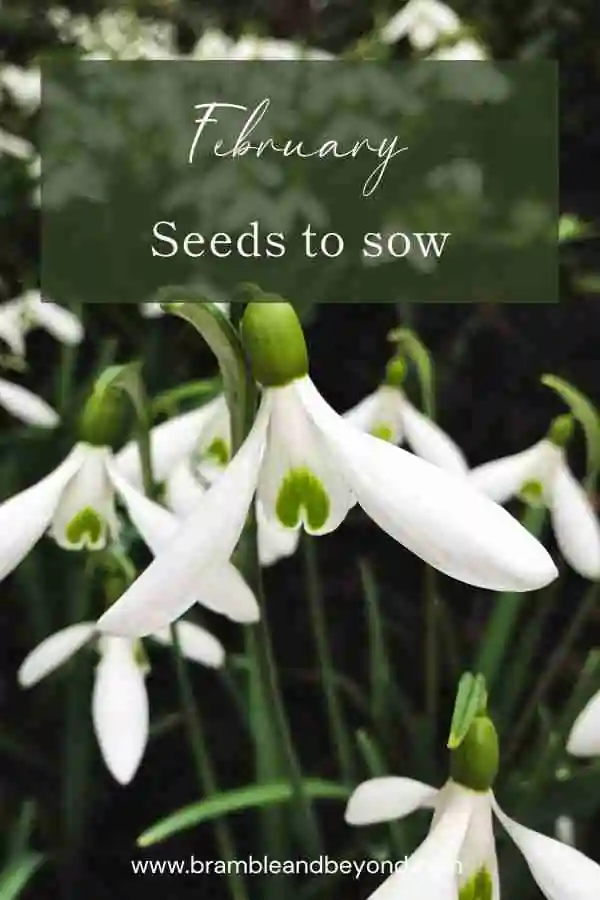Disclosure: This post may contain affiliate links, meaning I get commission if you decide to make a purchase through my links, at no cost to you. Please read my Affiliate Disclosure for more information.
Are you dreaming of a garden bursting with vibrant blooms as soon as spring arrives? Believe it or not, the secret to an early, bountiful garden lies in what you do right now—in the dead of winter. That’s right! Winter seed sowing, especially in December, is the savvy gardener's way to get ahead of the season and I’m here to help you with my December seed sowing guide.
Winter seed sowing offers early blooms, stronger roots, and an extended growing season, making it a valuable technique for gardeners aiming for a vibrant spring garden.
Whether you’re new to gardening or a seasoned green thumb, this December seed sowing guide will walk you through everything you need to know to get started.
Why December seed sowing is worthwhile
Sowing seeds in December might sound like a bold move, especially when most people are more focused on holiday decorations than on their gardens. But here’s the thing: nature doesn’t stop because it’s cold. In fact, many seeds benefit from a period of cold weather, known as cold stratification, which can improve their germination rates when spring finally rolls around.
However, don’t expect immediate results. Seeds take longer to get started in the colder months, but they still put you ahead of the game, rather than a spring sowing.
The science behind it
Many seeds, particularly those of hardy annuals and perennials, have evolved to require a period of cold before they can sprout. This process mimics the natural winter conditions that these seeds would experience if they fell to the ground in autumn.
When you sow seeds in December, you’re giving them the chance to experience this cold period naturally, which can break their dormancy and result in stronger, healthier plants.
Benefits of early sowing
Early sowing has several benefits beyond just strong plants. For one, it spreads out the workload. Spring is a busy time in the garden, and getting some of the seed sowing done in December frees up your schedule for other tasks later on.
Plus, when your neighbours are just starting to sow their seeds in March or April, you’ll already have seedlings that are well on their way to blooming.
The essential December seed sowing guide
Not all seeds are suited for winter sowing, so it’s important to choose varieties that can handle the cold. Luckily, many popular garden flowers fall into this category. Let’s take a look at some of the best options for December seed sowing.
Recommended flower seeds
- Sweet Peas: Known for their intoxicating fragrance and delicate blooms, sweet peas are a perfect choice for winter sowing. These hardy annuals benefit from the cold, which helps to break their seed coat, leading to better germination in the spring.
- Snapdragons: These charming flowers, with their dragon-shaped blooms, are surprisingly tough. Snapdragons can handle a bit of frost, making them ideal candidates for December sowing. Plus, they usually are really slow to germinate, so getting them started early is a win-win.
- Larkspur: A sister plant to the perennial delphiniums, larkspur is a cottage garden favourite. These tall, spiky flowers are easy to grow and thrive when sown in the cold. Their seeds require a chilling period to germinate, so December sowing is perfect.
- Ranunculus: Although technically not a seed, ranunculus corms can be planted in December for a stunning spring display. These flowers produce lush, rose-like blooms that are well worth the effort. Plant them in a cold frame or directly in the ground if your winters are mild.
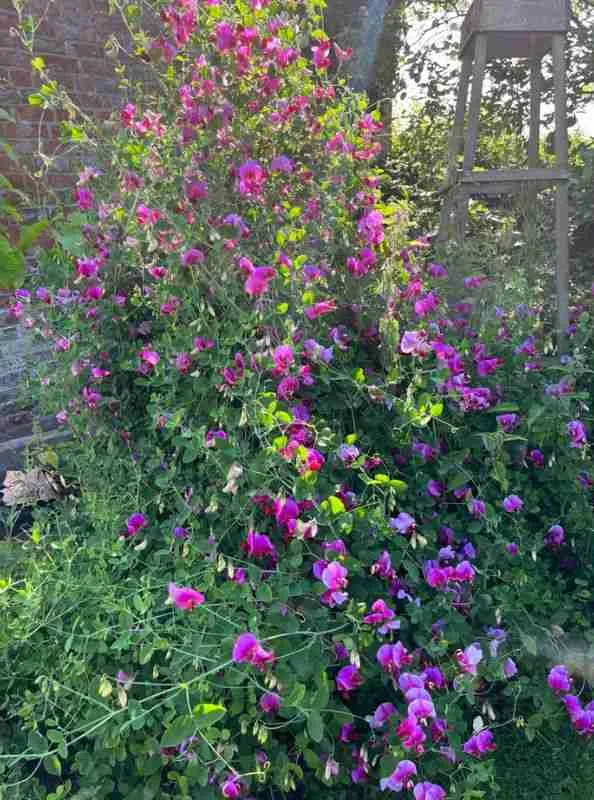
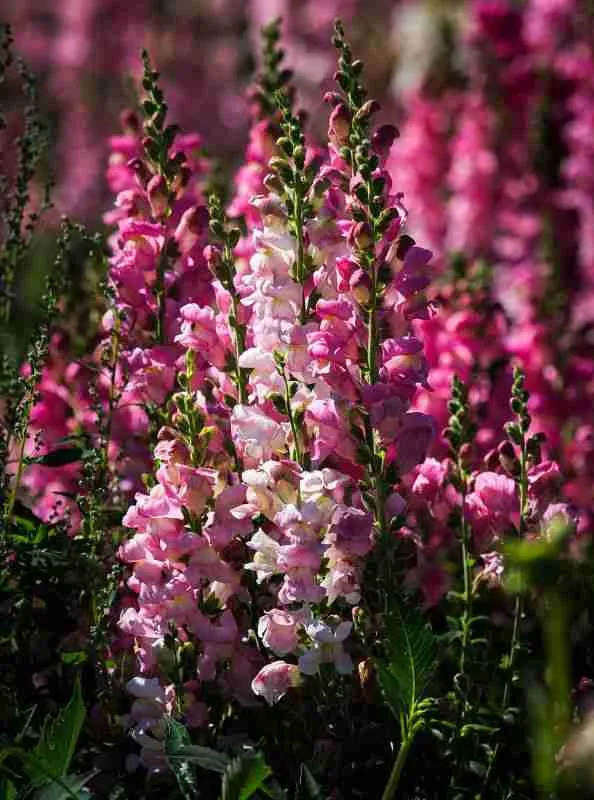
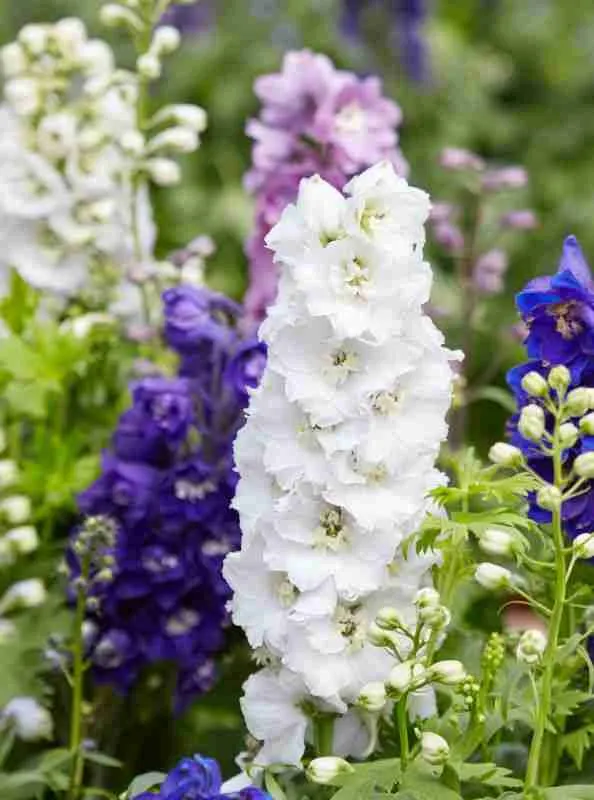
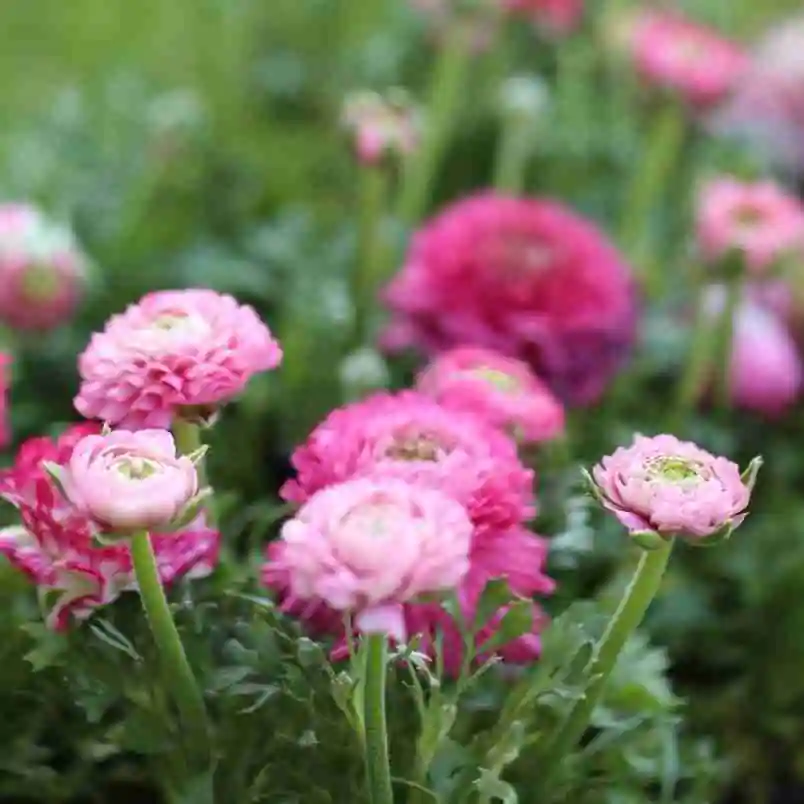
Tips for seed selection
When selecting seeds for December sowing, opt for varieties labeled as “hardy annuals” or “perennials.” These plants are more likely to thrive in cold conditions. Also, consider sourcing your seeds from organic or heirloom suppliers. Not only do these seeds tend to be more robust, but they also support sustainable gardening practices.
Seed Catalog Recommendations
If you’re unsure where to start, check out reputable seed catalogs like Chiltern Seeds, Plants of Distinction or Sarah Raven. These companies offer a wide selection of cold-hardy seeds perfect for winter sowing. You could also try my shop, I don’t have as wide a selection, but what I do have is good quality.
They all also provide detailed growing information, which is especially helpful if you’re new to this practice.
Preparing for December seed sowing
Before you start sowing seeds in December, it’s essential to decide how you plan to start your seeds. Here are your seed starting options:
- Direct sowing: This method involves planting seeds directly into the ground where they will grow. It’s the simplest method and works well for hardy annuals like sweet peas and larkspur. Make shallow furrows in the soil, sow the seeds, and cover them lightly with soil or compost.
- Winter sowing in containers: Recycled containers make excellent mini greenhouses for winter sowing. See below for ideas on what to use. Fill your chosen container with peat fee potting compost, sow the seeds, and cover with a lid (or plastic wrap with holes for airflow). Place the containers outside in a sunny spot, and let nature take its course.
- Seed Trays: If you prefer a bit more control and have a warm growing area, seed trays are a great option. Fill the trays with peat free potting compost, sow the seeds, and cover them lightly with soil. Water them well, and place the trays in a cold frame or indoors near a sunny window. If you’re growing seeds indoors, remember to harden off the seedlings before transplanting them outside.
Option 3 is my favourite choice, though option 2 is definitely worth considering too! Personally, direct sowing can be a bit unpredictable for me, especially during the chilly winter months. I find it much more enjoyable to sow seeds in the cosy warmth of my house or greenhouse, rather than braving the elements outside.
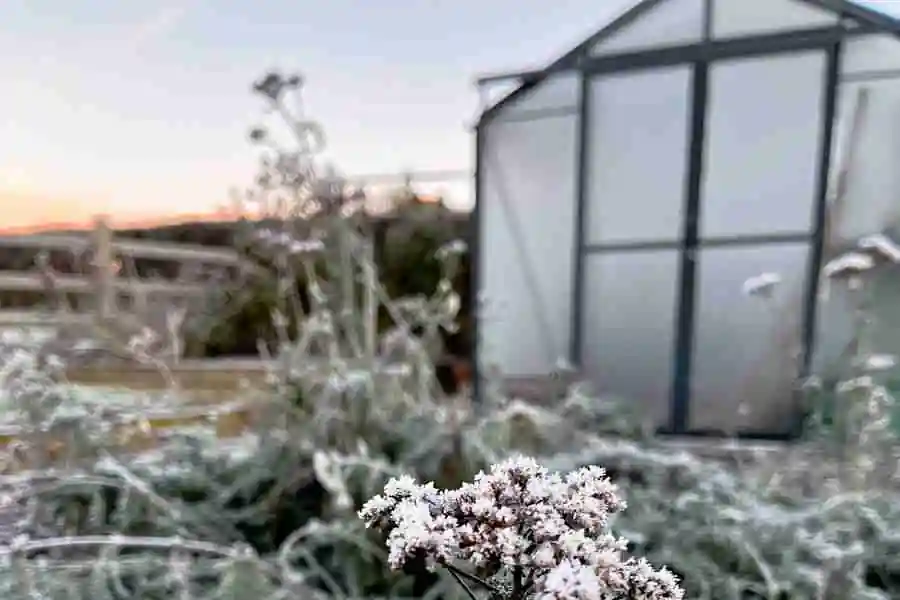
Recycled container ideas
Winter sowing doesn’t have to be limited to garden beds. If you’re short on space or simply want to experiment, try sowing seeds in recycled containers. This is the second option in the list above. Plastic milk jugs, and takeout containers can all be repurposed as mini greenhouses. Simply poke a few drainage holes in the bottom, fill with soil, sow your seeds, cover with the lid and place the containers outside.
These DIY greenhouses are perfect for seeds that need a cold stratification period. They’ll protect your seeds from the worst of the winter weather while still exposing them to the cold temperatures they need to germinate. Plus, you’ll be reducing waste by reusing materials that would otherwise end up in the trash. It’s a win-win for you and the environment!
Watering and maintenance
Winter is typically a wet season, so your seeds shouldn’t need much watering. However, it’s essential to keep an eye on the soil moisture. Again this is easier to control if you are not sowing your seeds outside.
However, if your seeds are outside and you’re experiencing a dry spell, water your seeds gently to keep the soil slightly damp but not soggy. Overwatering can lead to rot, so it’s better to err on the side of caution.
For seeds sown in containers, check the moisture levels regularly. Containers tend to dry out faster than garden beds, so you may need to water them more frequently. Just be sure to avoid overwatering, especially in cold weather.
Too much water can sometimes lead to an issue known as damping off. Damping off is a disease of seedlings caused by various fungi and fungus-like organisms. This disease can cause emerging seedlings to collapse, often nestled in a mass of white fungal growth. It's especially tricky when sowing seeds indoors or under glass. I've lost many of my seedlings to this before learning more about it.
Monitoring growth
Once your seeds are in the ground (or containers), the hardest part is waiting. Germination can take anywhere from a few weeks to a few months, depending on the type of seed and the weather conditions. Be patient!
You might not see much activity above ground, but rest assured that the seeds are doing their thing below the surface.
Keep an eye out for any early signs of growth.
If you spot seedlings popping up, make sure they’re protected from frost and pests. If the weather turns particularly harsh, consider adding extra mulch or a frost blanket to shield your young plants.
Protecting young plants from winter’s chill
Once your seeds start to germinate, they’ll need a bit of extra care to survive the winter months.
Frost is the biggest threat to young seedlings during the winter. To protect your plants, consider using row covers or frost blankets. These lightweight fabrics create a barrier against the cold, while still allowing light and air to reach the plants.
For an extra layer of protection, you can use cloches or even upturned plastic bottles to cover individual plants. Just be sure to remove the covers during the day if the temperatures rise, to prevent overheating.
The flowers I have suggested above are hardy, up to about -50C, so should withstand most of what winter has to offer, but a little care will make sure they don’t have to struggle too much.

Dealing with pests
Even in winter, pests can be a problem. Slugs, snails, and rodents might see your tender seedlings as an easy meal. To keep them at bay, use organic pest control methods like like the suggestions I’ve detailed in this post.
If you’re dealing with larger pests, like rabbits or deer, consider installing a temporary fence or using repellent sprays.
Remember, it’s all about keeping your plants safe until they’re big and strong enough to fend for themselves.
Caring for overwintered plants
Once your seedlings are established, they’ll need minimal care over the winter. Keep an eye on the weather, and be ready to provide extra protection if a cold snap is on the way. Regularly check your mulch, and add more if it starts to break down or blow away.
If you’ve sown seeds in containers, move them to a sheltered spot if heavy snow or freezing rain is forecasted. You don’t want your precious seedlings to be crushed under a heavy layer of snow or damaged by ice.
If your plants are in an unheated greenhouse then you may want to consider ways of adding some heat. I’ve provided a few ideas for heating your greenhouse without electricity here.
Transplanting tips
The hard work you put in now will pay off when spring arrives. With your seeds sown and your seedlings protected, it’s time to start planning for the beautiful garden you’ll enjoy in just a few short months. I’ve detailed a few other jobs you can be doing over winter to keep your garden in good health.
As spring approaches, your seedlings will be ready to move to their permanent homes. The key to successful transplanting is timing. Wait until the danger of frost has passed before moving your seedlings outdoors. When you’re ready to transplant, water the seedlings well the day before, to reduce transplant shock.
Choose a cloudy day or transplant in the late afternoon, so the plants aren’t stressed by the midday sun. Dig a hole slightly larger than the root ball, place the seedling in the hole, and gently backfill with soil. Water thoroughly, and add a layer of mulch to retain moisture and suppress weeds.
Winter might seem like a time to hunker down indoors, but for the savvy gardener, December is the perfect time to start planning and planting for a beautiful spring garden. By following this December seed sowing guide, you’ll not only get a head start on the growing season but also enjoy the satisfaction of knowing that your garden is already well on its way before spring even arrives.
Remember, gardening is as much about the journey as it is about the destination. As the famous gardening quote goes, “To plant a garden is to believe in tomorrow.” So, grab your seeds, embrace the chill, and start sowing the seeds of a vibrant, colourful spring.
You’ve got this—your future garden will thank you!


